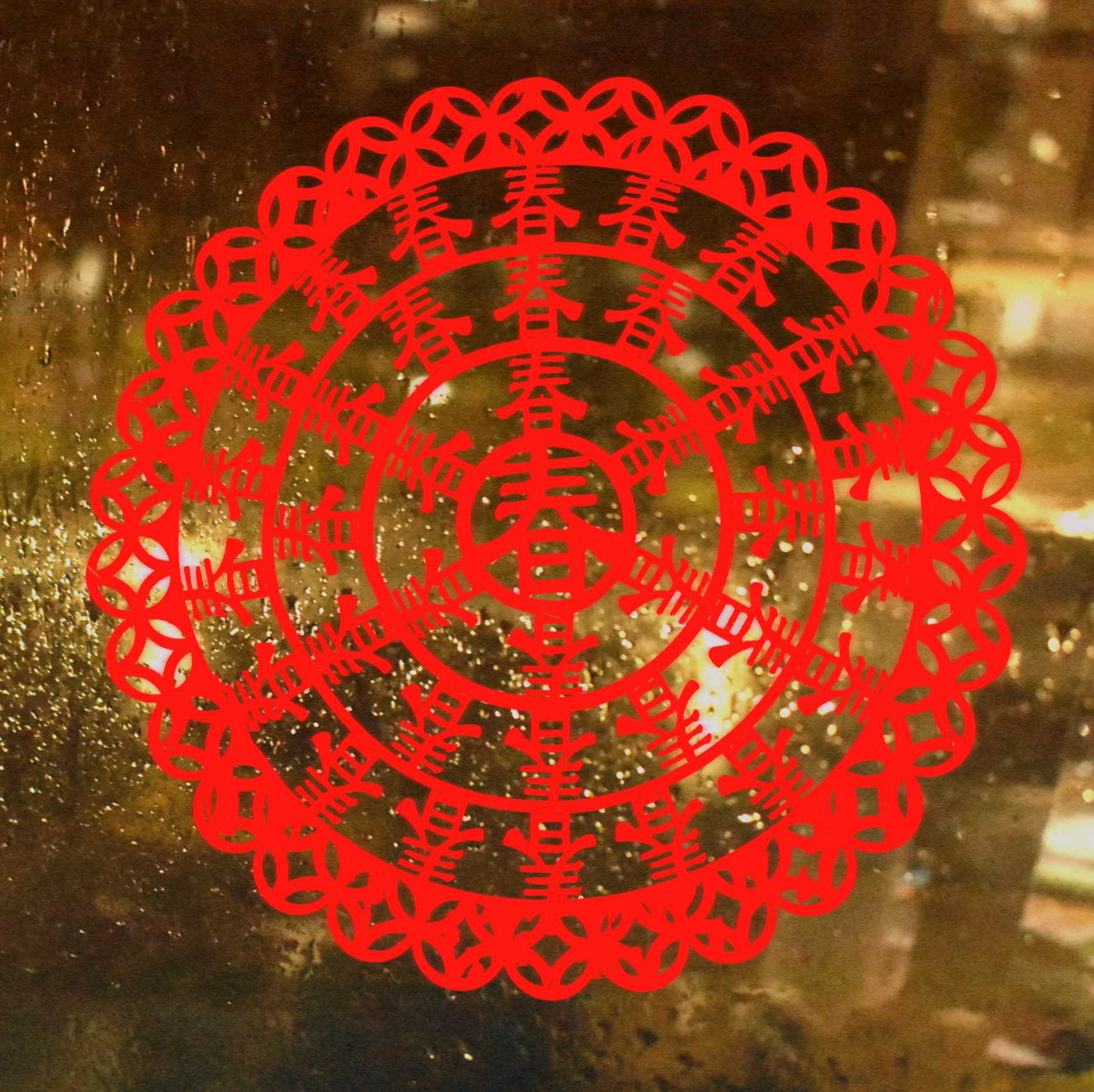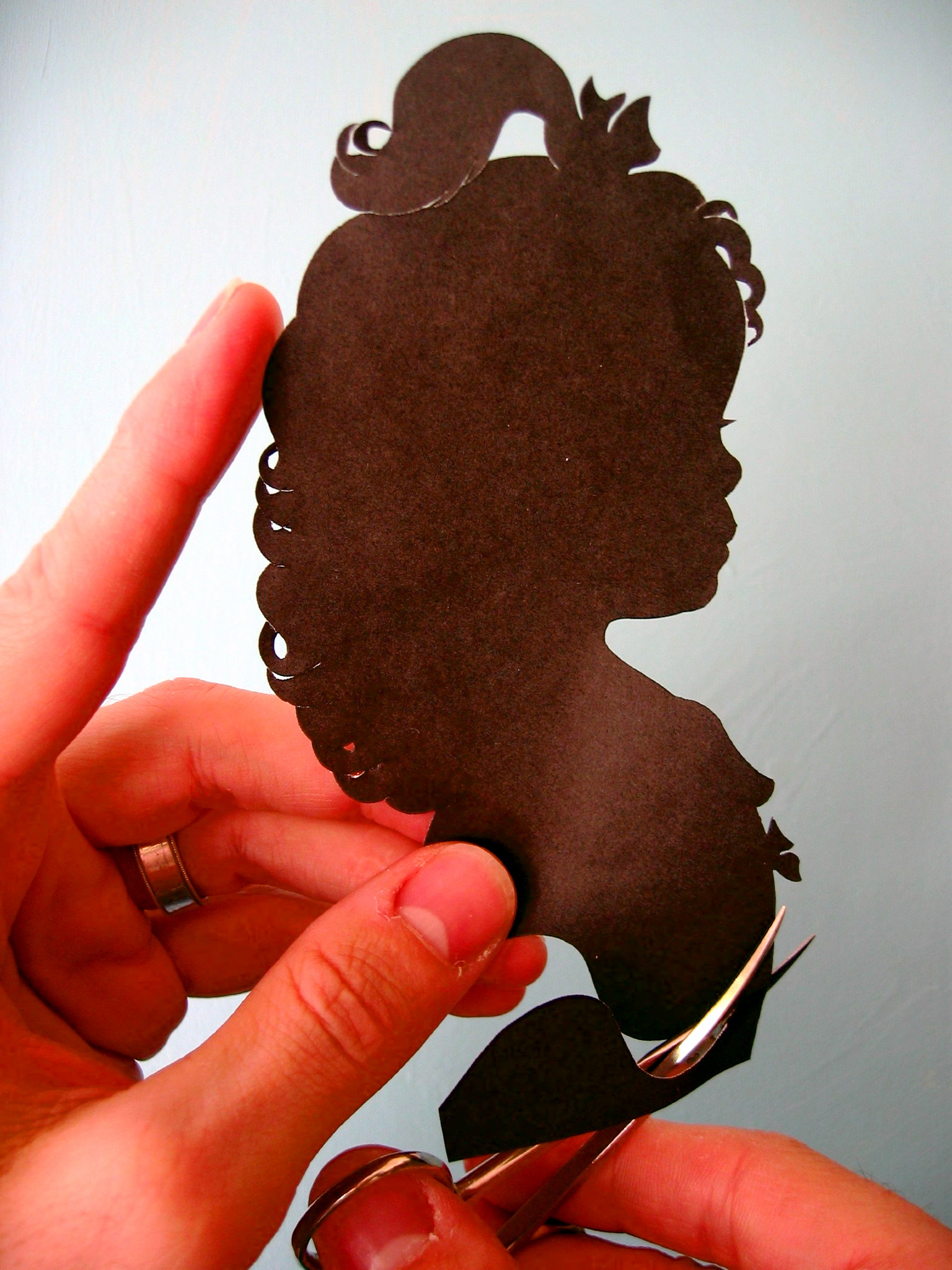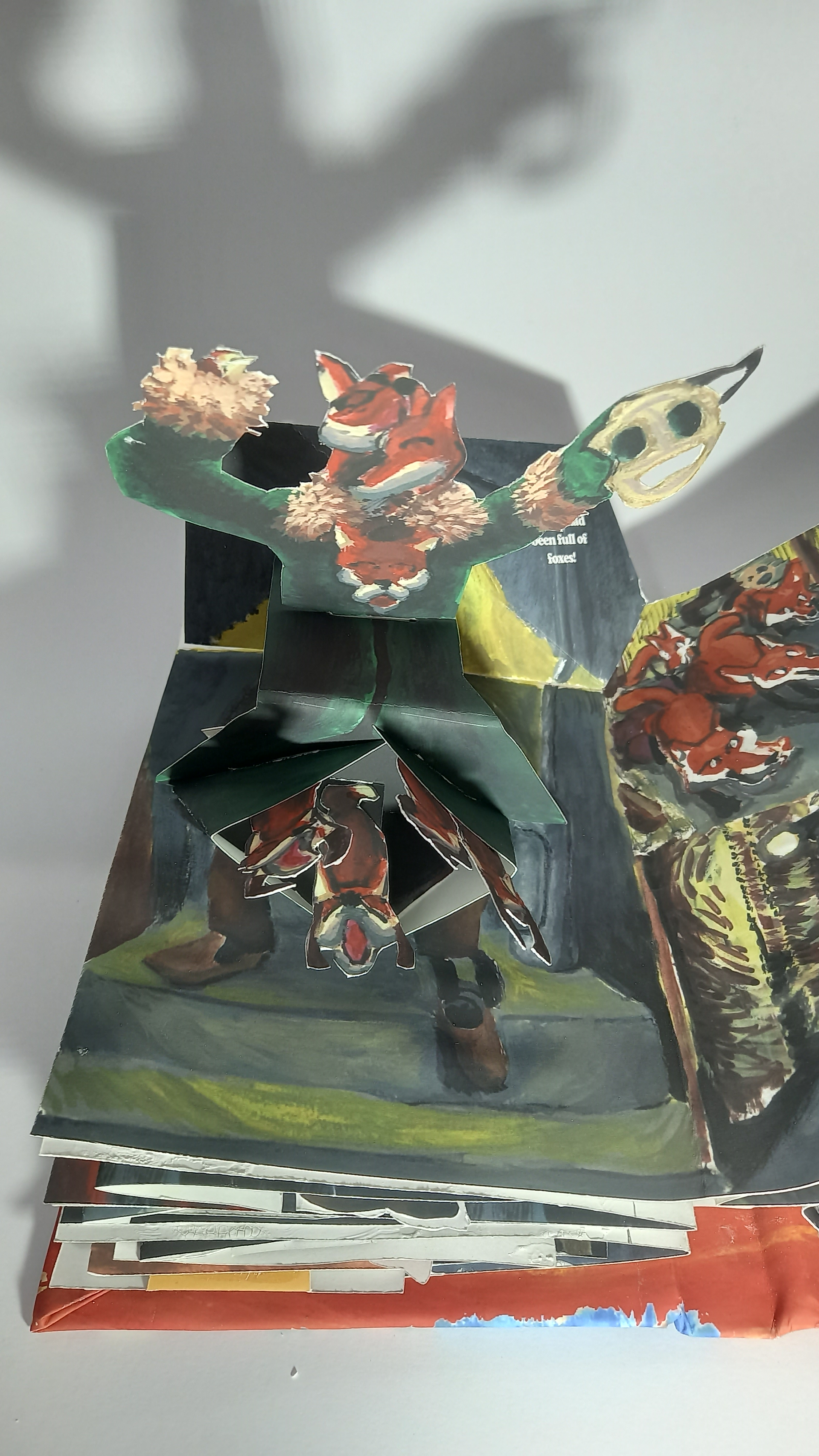|
Paper Cut Sculpture
Paper cut sculpture, a form of papercutting, is a contemporary development of a traditional art form. Instead of flat, two-dimensional pieces, the art is given a three-dimensional form. Different artists have used a variety of different methods. A notable example is Nahoko Kojima, a Japanese artist who utilised nylon threads to suspend individual large sheets of washi paper to form the bodies of animals and other natural figures. See also * Leaf carving * Scherenschnitte * Silhouette * Vytynanky (Wycinanki) * Origami * Kirie (art) * Kirigami * Pop-up book * Notes {{Portal bar, Arts, Society Paper art Sculpture techniques ... [...More Info...] [...Related Items...] OR: [Wikipedia] [Google] [Baidu] |
Papercutting
Papercutting or paper cutting is the art of paper designs. Art has evolved all over the world to adapt to different cultural styles. One traditional distinction most styles share is that the designs are cut from a single sheet of paper as opposed to multiple adjoining sheets as in collage. History Paper cut art appeared during the Han dynasty in 4th century AD after the Chinese official, Cai Lun invented paper in 105 AD. The oldest surviving paper cut out is a symmetrical circle from the 6th century Six Dynasties period found in Xinjiang China.Needham, Joseph. Chemistry and Chemical Technology. 974(1974). Cambridge University Press. Papercutting continued to be practiced during the Song and Tang Dynasties as a popular form of decorative art. By the eighth or ninth century papercutting appeared in West Asia and in Turkey in the 16th century. The knowledge of papermaking did not reach Europe until the 13th century so papercutting could only have arrived after that. In S ... [...More Info...] [...Related Items...] OR: [Wikipedia] [Google] [Baidu] |
Nahoko Kojima
(born October 2, 1981) is a contemporary Japanese paper cut artist. She started Kirie (Japanese Papercutting) under private tutelage at the age of 5 and continued throughout her formative years. In 1999 she moved to Tokyo and in 2004 she graduated from a degree in Design at Kuwasawa Institute. An avid follower of fashion and trends, she found much of her inspiration in the city. She briefly pursued a career in Graphic Design in Tokyo before moving to London in 2005 to learn more of the Western culture of the Arts. Her first solo Paper Cut show in London exhibited the 5 senses collection at the Epicurean Lounge in 2007. By 2009 she was cutting professionally, filling the Exposure Gallery in Central London with over 100 paper cuts some from her time in Tokyo with the majority cut in London. In 2010, Kojima opened her studio in Central London and started working on multiple works including the Majestic Birds, Kiku Flowers Collection, the full colour Alice Collection, based on th ... [...More Info...] [...Related Items...] OR: [Wikipedia] [Google] [Baidu] |
Washi
is traditional Japanese paper. The term is used to describe paper that uses local fiber, processed by hand and made in the traditional manner. ''Washi'' is made using fibers from the inner bark of the gampi tree, the mitsumata shrub (''Edgeworthia chrysantha''), or the paper mulberry (''kōzo'') bush. As a Japanese craft, it is registered as a UNESCO intangible cultural heritage. ''Washi'' is generally tougher than ordinary paper made from wood pulp, and is used in many traditional arts. Origami, Shodō, and Ukiyo-e were all produced using ''washi''. ''Washi'' was also used to make various everyday goods like clothes, household goods, and toys, as well as vestments and ritual objects for Shinto priests and statues of Buddha. It was even used to make wreaths that were given to winners in the 1998 Winter Paralympics. ''Washi'' is also used to repair historically valuable cultural properties, paintings, and books at museums and libraries around the world, such as the Louvre ... [...More Info...] [...Related Items...] OR: [Wikipedia] [Google] [Baidu] |
Leaf Carving
Leaf carving is an artwork involving the delicate trimming of leaves to develop a picture or landscape. The process of carving is performed by artists using tools to carefully cut the surface without cutting or removing the veins. The veins add detail into the subject matter of the carving. Leaf carving originated out of China and gained popularity in 1994 by artist Huag Tai Sheng after he got the Guinness Book of World Records to recognize his work. The art may be related to Chinese paper cutting. The material or most common leaf used in leaf carving is that of the Chinar tree. The Chinar tree is native to India, Pakistan and China. Chinar leaves have a close resemblance to maple ''Acer'' () is a genus of trees and shrubs commonly known as maples. The genus is placed in the family Sapindaceae.Stevens, P. F. (2001 onwards). Angiosperm Phylogeny Website. Version 9, June 2008 nd more or less continuously updated since http ... leaves. References The arts Carving Chin ... [...More Info...] [...Related Items...] OR: [Wikipedia] [Google] [Baidu] |
Scherenschnitte
Scherenschnitte (), which means "scissor cuts" in German, is the art of paper cutting design. The artwork often has rotational symmetry within the design, and common forms include silhouettes, valentines, and love letters. The art tradition was founded in Switzerland and Germany in the 16th century and was brought to Colonial America in the 18th century by Swiss and German immigrants who settled primarily in Pennsylvania Pennsylvania (; ( Pennsylvania Dutch: )), officially the Commonwealth of Pennsylvania, is a state spanning the Mid-Atlantic, Northeastern, Appalachian, and Great Lakes regions of the United States. It borders Delaware to its southeast, .... See also * Papercutting * Chinese paper cutting Further reading *Gilpin, Sandra. "Scherenschnitte and Fraktur." ''Pennsylvania Folklife'' 37.4 (Summer 1988): 190–192. *Hopf, Claudia. ''Papercutting: Tips, Tools, and Techniques for Learning the Craft''. Mechanicsburg, PA: Stackpole Books, 2007. ( ) *Lü ... [...More Info...] [...Related Items...] OR: [Wikipedia] [Google] [Baidu] |
Silhouette
A silhouette ( , ) is the image of a person, animal, object or scene represented as a solid shape of a single colour, usually black, with its edges matching the outline of the subject. The interior of a silhouette is featureless, and the silhouette is usually presented on a light background, usually white, or none at all. The silhouette differs from an line art, outline, which depicts the edge of an object in a linear form, while a silhouette appears as a solid shape. Silhouette images may be created in any visual artistic medium, but were first used to describe pieces of cut paper, which were then stuck to a backing in a contrasting colour, and often framed. Cutting portraits, generally in profile, from black card became popular in the mid-18th century, though the term ''silhouette'' was seldom used until the early decades of the 19th century, and the tradition has continued under this name into the 21st century. They represented a cheap but effective alternative to the portrai ... [...More Info...] [...Related Items...] OR: [Wikipedia] [Google] [Baidu] |
Vytynanky (Wycinanki)
''Wycinanki'' () in Poland or ''Vytynanky'' (Витина́нки) in Ukraine or ''Vycinanki'' (Выцінанкі) in Belarus, is a Slavic culture, Slavic version of the art form of papercutting, popular in Belarus, Poland, and Ukraine. Belarus Vycinanka is also known as vyrazanka or vystryhanka. Viačaslaŭ Dubinka was key in reviving in Belarus the folk art of paper cutting images with scissors.http://kurjer.info/2010/05/12/vyachasla%D1%9E-dubinka-%E2%80%9Cvycinanka-lichylasya-durykami-a-ne-mastactvam%E2%80%9D Repeatedly the winner of international competitions, he left behind thousands of images with this technique. His works have adorned calendars, business cards, notepads, postcards and other items. Poland Polish wycinanki became a popular folk craft in the mid-1800s. Wycinanki originated with shepherds cutting designs out of tree bark and leather. Colorful wycinanki were pasted on furniture or roof beams as decoration, hung in windows, and given as gifts. Wyci ... [...More Info...] [...Related Items...] OR: [Wikipedia] [Google] [Baidu] |
Origami
) is the Japanese paper art, art of paper folding. In modern usage, the word "origami" is often used as an inclusive term for all folding practices, regardless of their culture of origin. The goal is to transform a flat square sheet of paper into a finished sculpture through folding and sculpting techniques. Modern origami practitioners generally discourage the use of cuts, glue, or markings on the paper. Origami folders often use the Japanese word ' to refer to designs which use cuts. On the other hand, in the detailed Japanese classification, origami is divided into stylized ceremonial origami (儀礼折り紙, ''girei origami'') and recreational origami (遊戯折り紙, ''yūgi origami''), and only recreational origami is generally recognized as origami. In Japan, ceremonial origami is generally called "origata" (:ja:折形) to distinguish it from recreational origami. The term "origata" is one of the old terms for origami. The small number of basic Origami techniques, ... [...More Info...] [...Related Items...] OR: [Wikipedia] [Google] [Baidu] |
Kirie (art)
Papercutting or paper cutting is the art of paper designs. Art has evolved all over the world to adapt to different cultural styles. One traditional distinction most styles share is that the designs are cut from a single sheet of paper as opposed to multiple adjoining sheets as in collage. History Paper cut art appeared during the Han dynasty in 4th century AD after the Chinese official, Cai Lun invented paper in 105 AD. The oldest surviving paper cut out is a symmetrical circle from the 6th century Six Dynasties period found in Xinjiang China.Needham, Joseph. Chemistry and Chemical Technology. 974(1974). Cambridge University Press. Papercutting continued to be practiced during the Song and Tang Dynasties as a popular form of decorative art. By the eighth or ninth century papercutting appeared in West Asia and in Turkey in the 16th century. The knowledge of papermaking did not reach Europe until the 13th century so papercutting could only have arrived after that. In Sw ... [...More Info...] [...Related Items...] OR: [Wikipedia] [Google] [Baidu] |
Kirigami
is a variation of origami, the Japanese art of folding paper. In , the paper is cut as well as being folded, resulting in a three-dimensional design that stands away from the page. typically does not use glue. Overview In the United States, the term was coined by Florence Temko from Japanese "cut", and , "paper", in the title of her 1962 book, '', the Creative Art of Paper cutting''. The book achieved enough success that the word was accepted as the Western name for the art of paper cutting. Typically, starts with a folded base, which is then unfolded; cuts are then opened and flattened to make the finished design. Simple are usually symmetrical, such as snowflakes, pentagrams, or orchid blossoms. A difference between and the art of "full base", or 180-degree opening structures, is that is made out of a single piece of paper that has then been cut. Notable artists * (born 1924–), a renowned ("paper picture") artist known for his colourful , which have also been p ... [...More Info...] [...Related Items...] OR: [Wikipedia] [Google] [Baidu] |
Pop-up Book
The term pop-up book is often applied to any book with three-dimensional pages, although it is properly the umbrella term for movable book, pop-ups, tunnel books, transformations, volvelles, flaps, pull-tabs, pop-outs, pull-downs, and more, each of which performs in a different manner. Three-dimensional greeting cards use the same principles. Interactive and pop-up types Design and creation of such books in arts is sometimes called "paper engineering". This usage should not be confused with traditional paper engineering, the engineering of systems to mass-produce paper products. The artistic aspect of paper engineering is related to origami in that the two arts both employ folded paper. However, origami in its simplest form doesn't use scissors or glue and tends to be made with very foldable paper; by contrast, pop-ups rely more on glue, cutting, and stiff card stock. What they have in common is folding. Animated books Animated books combine three elements: story, colored ... [...More Info...] [...Related Items...] OR: [Wikipedia] [Google] [Baidu] |
Paper Art
Paper craft is a collection of crafts using paper or card as the primary artistic medium for the creation of two or three-dimensional objects. Paper and card stock lend themselves to a wide range of techniques and can be folded, curved, bent, cut, glued, molded, stitched, or layered. Papermaking by hand is also a paper craft. Paper crafts are known in most societies that use paper, with certain kinds of crafts being particularly associated with specific countries or cultures. In Caribbean countries paper craft is unique to Caribbean culture which reflect the importance of native animals in life of people. In addition to the aesthetic value of paper crafts, various forms of paper crafts are used in the education of children. Paper is a relatively inexpensive medium, readily available, and easier to work with than the more complicated media typically used in the creation of three-dimensional artwork, such as ceramics, wood, and metals.Carol Tubbs, Margaret Drake, ''Crafts and C ... [...More Info...] [...Related Items...] OR: [Wikipedia] [Google] [Baidu] |









